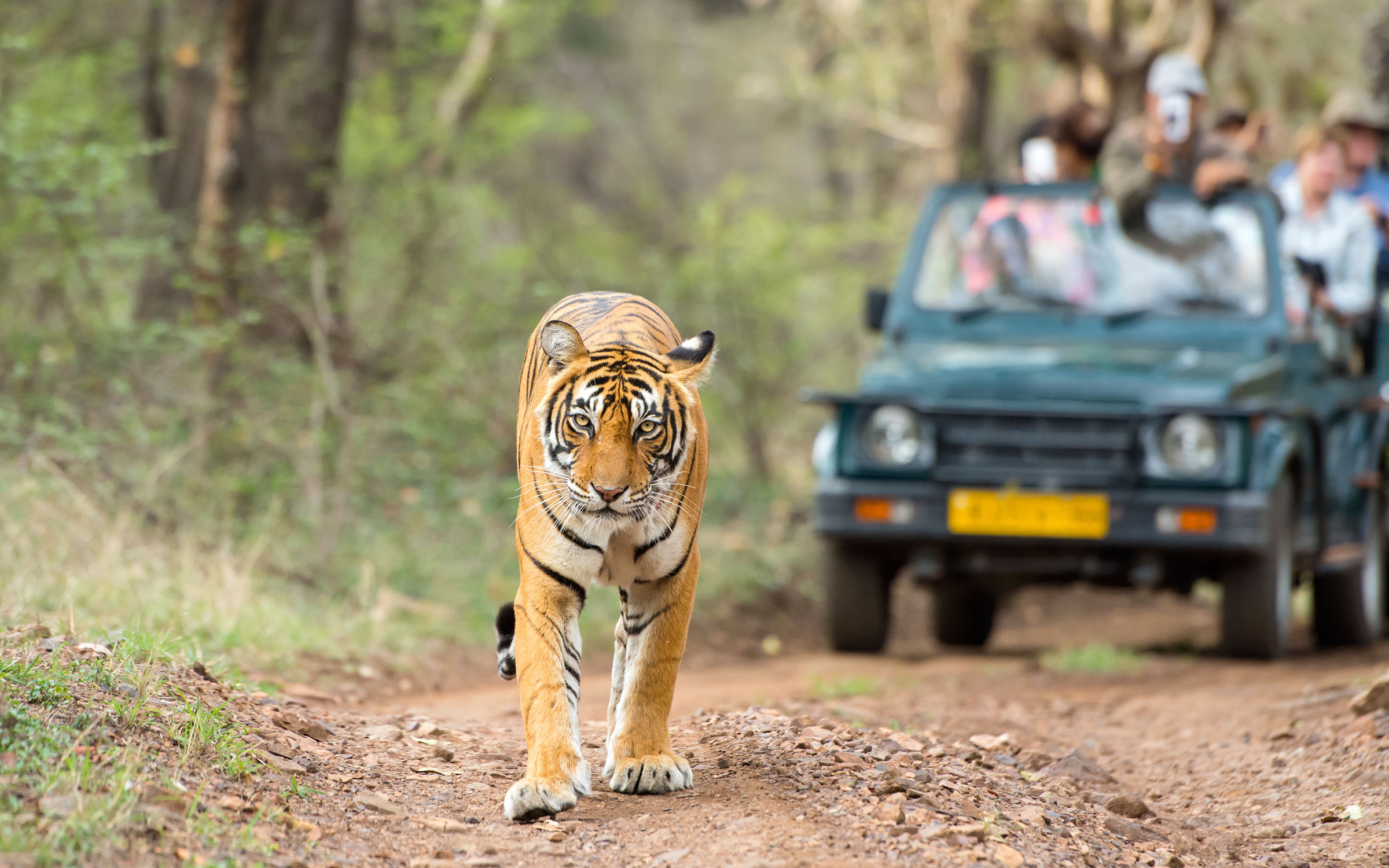
Tiger Safari in India: A Complete Guide for Travelers
India is one of the best places in the world to witness wildlife in its natural habitat. Among all its incredible animals, the Royal Bengal Tiger is the most sought-after. A tiger safari in India is not just an adventure—it’s a chance to create unforgettable memories with family or friends while exploring some of the country’s most beautiful forests and reserves.
Why Go on a Tiger Safari in India?
Tigers are elusive, majestic, and awe-inspiring creatures. Going on a tiger safari in India allows travelers to:
-
Observe tigers and other wildlife in their natural habitat.
-
Learn about forest ecosystems, conservation efforts, and biodiversity.
-
Enjoy scenic landscapes, from dense forests to rivers, lakes, and meadows.
-
Experience a unique adventure suitable for families, friends, and solo travelers.
With over 50 tiger reserves, India offers diverse options for everyone—from beginners to wildlife enthusiasts.
Popular Destinations for Tiger Safari in India
Here are some of the top reserves to consider:
1. Ranthambore National Park, Rajasthan
Ranthambore is famous for its high tiger sightings. Its rocky terrain, historic forts, and waterholes make it ideal for spotting tigers and photographing them. Families will also enjoy the mix of history and wildlife.
2. Bandhavgarh National Park, Madhya Pradesh
Bandhavgarh is known for having one of the highest densities of tigers. Visitors can also explore the Bandhavgarh Fort and ancient caves, making it a mix of adventure, history, and wildlife.
3. Kanha National Park, Madhya Pradesh
Kanha’s lush forests, meadows, and streams make it perfect for children and adults alike. The park is home to the endangered barasingha, along with tigers, leopards, and a variety of birds.
4. Jim Corbett National Park, Uttarakhand
Jim Corbett is ideal for family trips. With eco-lodges and guided safaris, it allows tourists to enjoy a safe and educational wildlife experience.
5. Sundarbans National Park, West Bengal
The Sundarbans offers a unique experience with its mangrove forests. Boat safaris allow families to spot the famous swimming tigers and explore a rare ecosystem.
Best Time to Plan Your Safari
The ideal months for a tiger safari in India are October to June.
-
Winter (November–February): Comfortable temperatures, great for longer safaris and photography.
-
Summer (March–June): Tigers are often seen near waterholes, increasing the chance of sightings.
-
Monsoon (July–September): Most parks are closed to allow forests to recover.
Planning your visit according to the season will make your trip more enjoyable and productive.
Types of Safaris
Different reserves offer multiple safari options suitable for families:
-
Jeep Safari: Small and private, perfect for family groups.
-
Canter Safari: Large open vehicles for bigger groups.
-
Boat Safari: Available in Sundarbans for a river-based wildlife experience.
Guides accompany each safari, providing safety instructions and explaining wildlife behavior, making the trip educational for children and adults alike.
Tips for a Smooth Safari
Book Early: Safaris can sell out quickly, especially during peak season.
Dress Comfortably: Neutral-colored clothes are recommended for blending into the forest.
Carry Essentials: Binoculars, cameras, water, hats, and snacks are must-haves.
Be Patient: Wildlife sightings are unpredictable; enjoy the forest scenery while waiting.
Follow Park Rules: Silence and responsible behavior ensure safety and a positive experience.
Wildlife Beyond Tigers
While tigers are the main attraction, a safari in India also allows you to see:
-
Elephants and herds of deer.
-
Leopards and wild boars.
-
Exotic birds including peacocks, kingfishers, and hornbills.
-
Crocodiles and other aquatic life near rivers and lakes.
This diversity makes a tiger safari a complete nature experience for families.
Educational and Conservation Benefits
Tiger safaris also have an educational aspect. Guides teach visitors about the importance of wildlife conservation, the ecosystem, and how tourism helps protect endangered species. By taking part in a safari, you are indirectly contributing to tiger preservation efforts.
Conclusion
A tiger safari in India is the perfect mix of adventure, education, and natural beauty. Whether you are traveling with family, friends, or solo, it offers the chance to witness one of the world’s most magnificent animals in its natural habitat. From the historic landscapes of Ranthambore to the unique mangrove forests of Sundarbans, every safari destination has something special to offer.
So pack your camera, binoculars, and curiosity, and embark on a tiger safari in India—a journey that promises unforgettable memories, wildlife encounters, and a deeper connection with nature.
